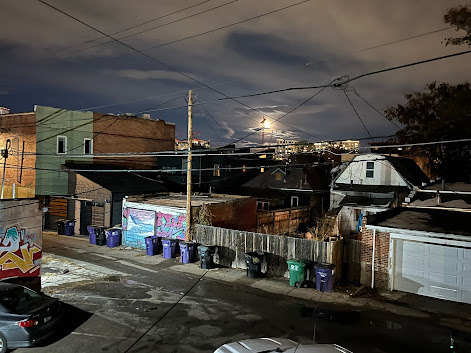 |
| From 30,000 feet, the city hides many blemishes. On the ground, not so much. |
by Gregory Saville
In my last blog Is This The World We Created? I discussed the growing problem of street homelessness in cities around the world. I presented facts and listed some responses. Most of those responses use a continuum of care in which people who are homeless must climb a staircase of supports with housing at the top as the final step.
Perhaps that is wrong? Maybe it should be the other way around in which care follows housing as in the Housing First program?
CRIME = HOMELESSNESS?
While there is not necessarily a connection between homelessness and crime, the public makes the crime/homelessness connection. Take for example recent media comments by a British Columbia citizen group Save Our Streets:
“Drug addictions and drug trade, mental health challenges, law enforcement, judicial reform, homelessness, are all factors…while governments have a long history of announcing policies and programs meant to respond to these issues, the desired results have not been realized.”
So in the mind of the public it seems one issue relates to another. Further, there is growing discontent that current government programs are ineffective at solving the problem, a view supported by some of the research I discussed in the last blog. What can be done?
FINLAND
In Canada and the U.S., we have homeless rates of .8 and 1.7 per thousand people respectively. It’s much worse in other European countries.
What would it be like if we could reduce that to 0.1 of the total population? In other words, in the U.S. over 600,000 people live without shelter or food each night. If we cut that to 0.1 we could virtually eliminate most of the homelessness in our cities.
Why 0.1? Because it has already been done in Finland.
The video above explains how the country of Finland used a modified and expanded version of the Homes First program to accomplish precisely this result. Finland’s success is not based on a staircase, but rather by starting with housing and then adding intensive and sustained supports later.
WALLS MUST FALL
Of course, this is not a simple proposition and there are many walls in the way.
First, the Finnish response is not simply to house people but rather to provide intensive, and sustained, services immediately upon housing people. When the city of Medicine Hat, Canada tried the Housing First method they had initial success. Sadly, they did not follow up with the intensive and sustained servicing that was available in Finland. Thus, five months after housing people, the problems and homeless rates returned.
Then there is the city of Wheat Ridge, Colorado. They shut down homes for the homeless in motels due to ongoing crime concerns, thereby forcing those residents back onto the street.
Clearly, the Finns understood the importance of intensive and sustained in-home support (in-house security, substance abuse counselling, mental health services, financial support, etc). They understood what would happen without that support.
HOW MUCH WILL IT COST?
Finally, there is the issue of cost. This is not a trivial obstacle. However, as Charles Marohn reveals in his book Strong Towns, there is already tremendous wasteful municipal spending on zero rate-of-return municipal projects.
I made this point 15 years ago in my blog Give me a $1,184 inch…and I’ll make me a mile. In that blog, I unpacked a $2.67 billion highway connector project in Houston that cost $75 million per mile, or $1,184 per inch (in a city that already had between 14,000 to 30,000 homeless people).
Just imagine... giving up a single mile of that roadway connector could create over $75 million for homes. And since former SafeGrowth blogger Tod Schneider tells us they have developed Conestoga Huts for homeless people that cost $1,500 each, that means a single mile of Houston’s connector could free up over 50,000 homes, far more than enough to house every single homeless person in Houston.
This back-of-envelope (and admittedly simple) calculation ignores many other more sophisticated ways to make enhanced Housing First a reality. It also ignores other walls, like figuring out where to locate those small homes without triggering the ire of the Not-In-My-Backyard crowd (a crowd that, incidentally, is already being encroached on by uncontrolled tent cities and unsanitary encampments).
Surely we can create a better world for those most in need.










.Jan23.jpg)
